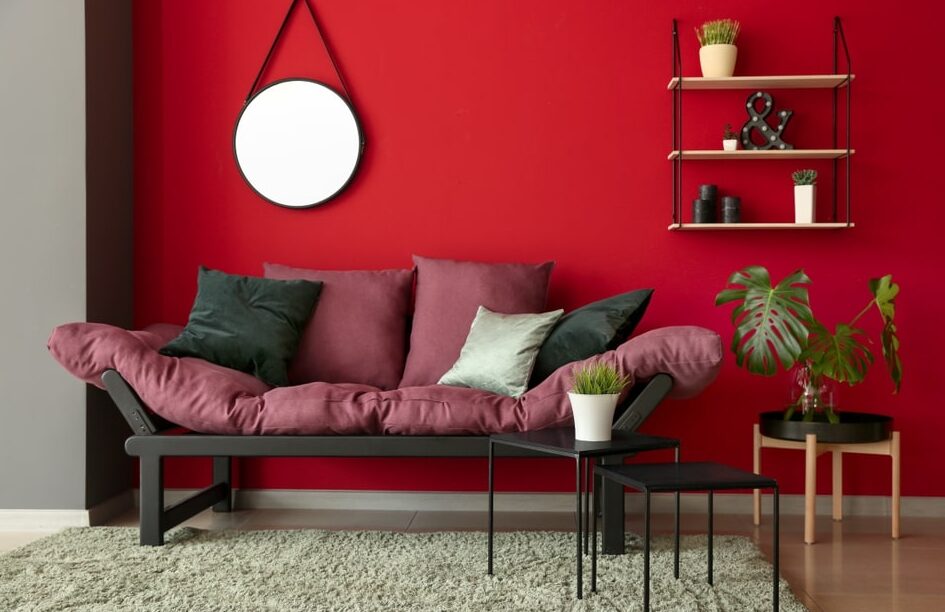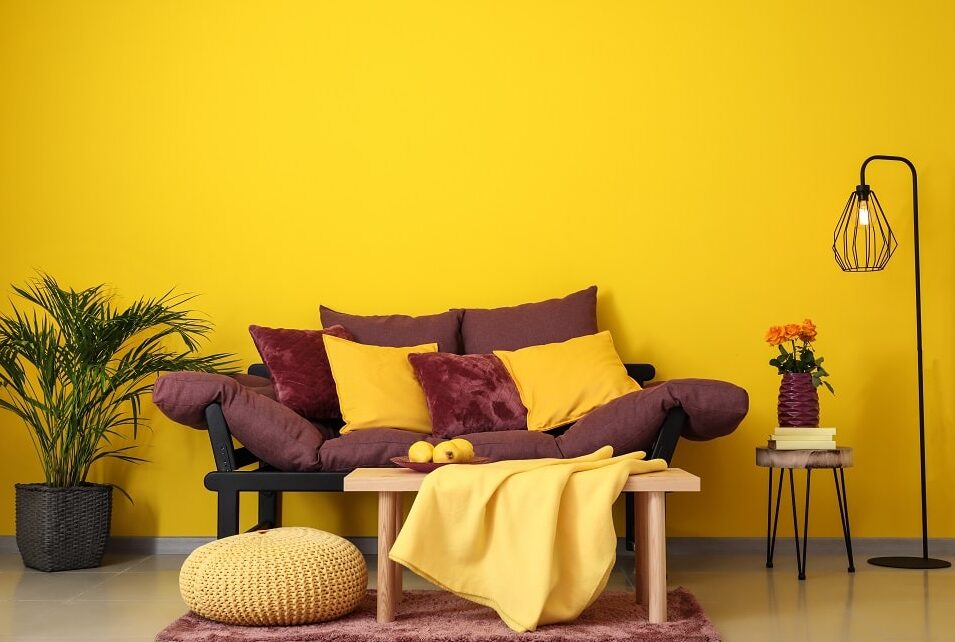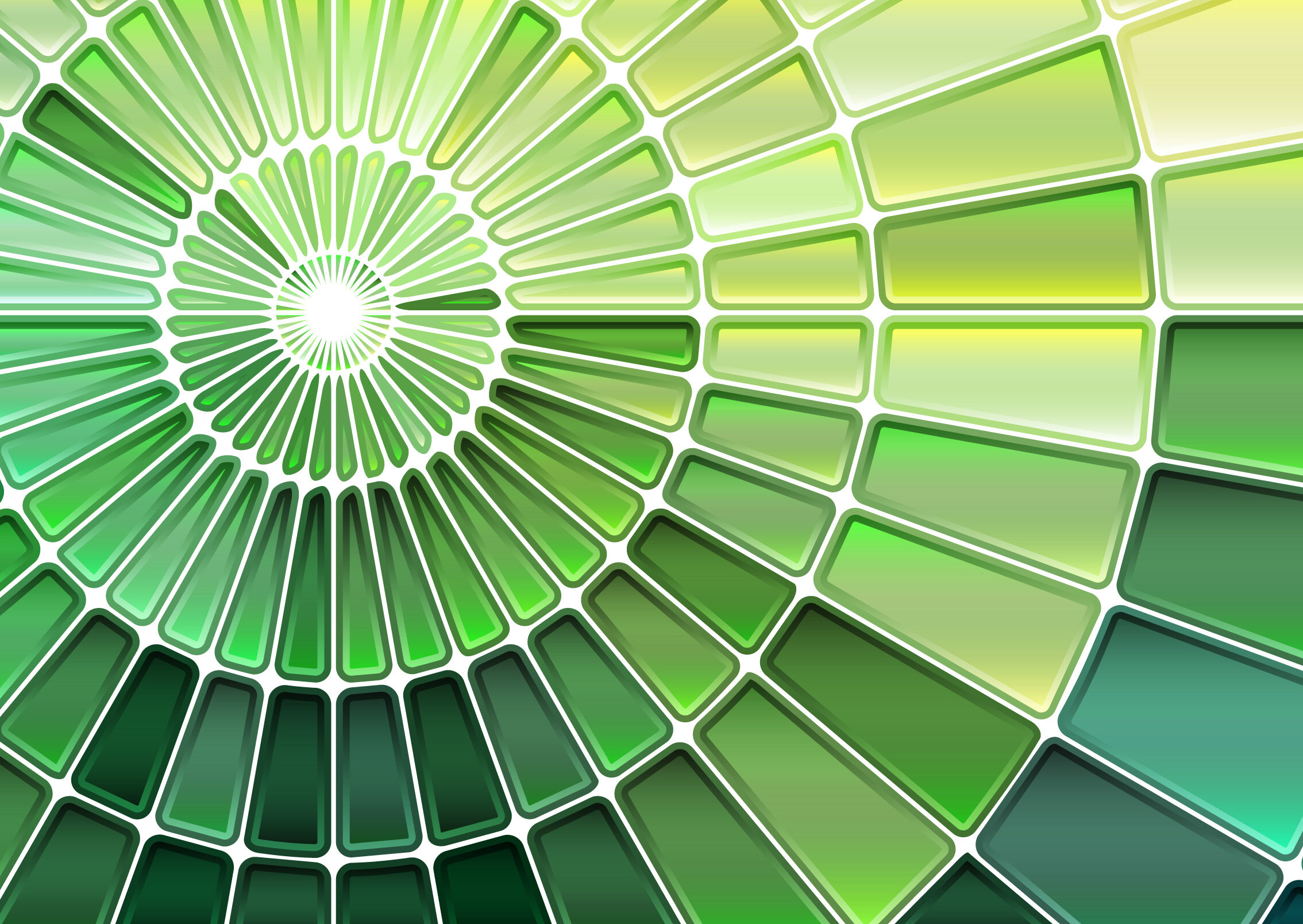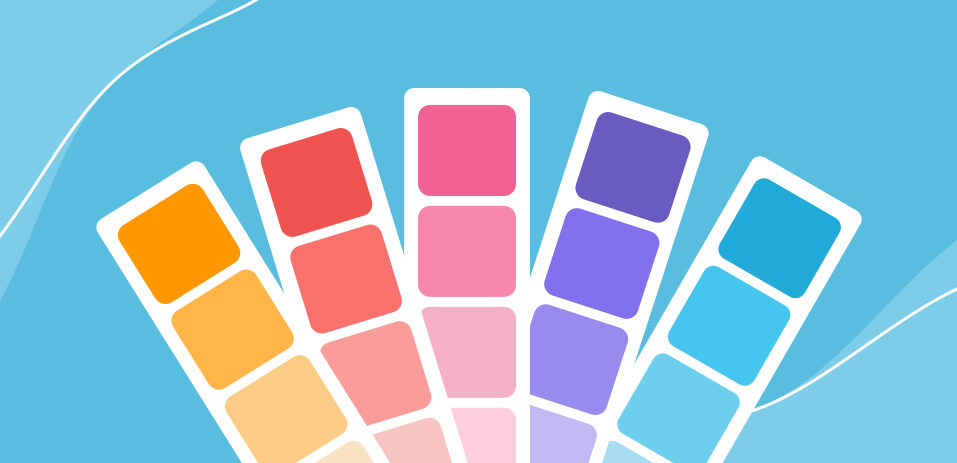We’ve all heard of color psychology, but what exactly is it? It’s the study of how colors affect our emotions, moods and behavior. Color has a powerful psychological effect on us and can be used to manipulate our feelings and actions without even realizing it. In this blog post, we will look at the psychology of color and explore how it works. We will discuss the basics of color psychology as well as some popular techniques that marketers use to influence purchases. We’ll also take a look at some ways you can use color in your own life to create positive changes.
What is color psychology?
People often say that they “see red” when they’re angry, or they “feel blue” when they’re sad. These expressions reveal that colors can evoke certain emotions. And this is what color psychology is all about: the study of how colors affect our moods, feelings, and behaviors.
Color psychology is a relatively new field of study. It began in the early 20th century with the work of German psychologist Carl Jung. Jung believed that colors were not just random, but had specific meanings and associations.
Today, color psychology is used in many different fields, including marketing, design, and art therapy. It can also be helpful in understanding your own emotions and behavior.
For example, research has shown that the color red can increase feelings of anger and aggression. Blue is often seen as calming and serene. Yellow may make you feel happy and optimistic, while green is associated with growth and fertility.

Of course, these are just generalizations. Everybody experiences color differently. And just because a certain color has a certain meaning doesn’t mean it will always have that same effect on you. Factors like personal experience, culture, and even the current situation can all influence how you react to color.
How does color affect our moods?
The psychological effects of color have been studied for centuries and it’s become clear that color can significantly affect our moods and emotions. Different colors can produce different reactions in people, depending on their cultural background, personal experiences, and even current mood.
Color psychology is the study of hues as a determinant of human behavior. Colors can influence the way we feel, think, and behave. They can affect our emotions and our physical well-being. Studies have shown that certain colors can have a positive or negative effect on our moods and emotions.
Reds: Red is a powerful color that has been shown to increase heart rate and blood pressure. It is associated with energy, excitement, passion, and danger. Red can also be associated with anger, hostility, and aggression.
Yellows: Yellow is a happy and cheerful color that is associated with sunshine, hope, and happiness. It has been shown to increase mental activity and stimulate memory. Yellow can also be associated with caution or cowardice.

Blues: Blue is a calming color that is associated with peace, tranquility, ocean waves crashing against the shore. Blue has been shown to slow down heart rate and respiration. It can also be associated with depression or sadness.
Greens: Green is a refreshing color that is associated with nature, life, growth, harmony, freshness, safety, envy (as in “green with envy”), money/wealth.

What are the most popular colors?
Color psychology is the study of how colors affect our emotions, behaviors, and thoughts. Different colors can produce different reactions in people, and color psychology is used to understand why these reactions occur.
There are a few different theories on color psychology, but one of the most popular is the idea that certain colors are associated with certain emotions. For example, red is often seen as a passionate or exciting color, while blue is often seen as calming or relaxing.
While there is no definitive answer to what the most popular colors are, some research has suggested that certain shades are more popular than others. In one study, researchers found that participants preferred brighter, more saturated colors over duller ones. Other studies have shown that people tend to prefer blue hues over other colors.
So what does all this mean? Ultimately, it’s up to each individual to decide what colors they like best. However, understanding the psychological effects of different colors can help us create environments that make us feel happy, calm, or energized – whichever emotion we’re looking to achieve.
How can we use color to our advantage?
Color psychology is the study of hues as a determinant of human behavior. Colors can influence a person’s mood, emotions, and even physiology. Different colors can evoke different responses in people, and color psychology is often used in fields such as marketing and design.

While everyone responds to color differently, there are some general trends that can be observed. For example, warm colors like red and orange are associated with excitement and energy, while cool colors like blue and green are associated with calmness and relaxation.
Certain colors can also have specific effects on people. For instance, yellow is often seen as a happy and positive color, while blue is often seen as calming and relaxing. Red is also known to increase heart rate and blood pressure.
Color psychology can be used in a variety of ways. For example, marketers may use certain colors to make their products more appealing to consumers. Designers may also use color to create atmospheres that are conducive to certain activities or states of mind.
Color psychology is an incredibly fascinating and useful concept, as it can help you understand how people perceive different colors in various contexts. By understanding the emotional response and associations that come with each color, we can apply this knowledge to our daily lives and make better decisions when it comes to everything from fashion choices to marketing campaigns. With a bit of experimentation and research, you can even find ways to use color psychology to your advantage!


